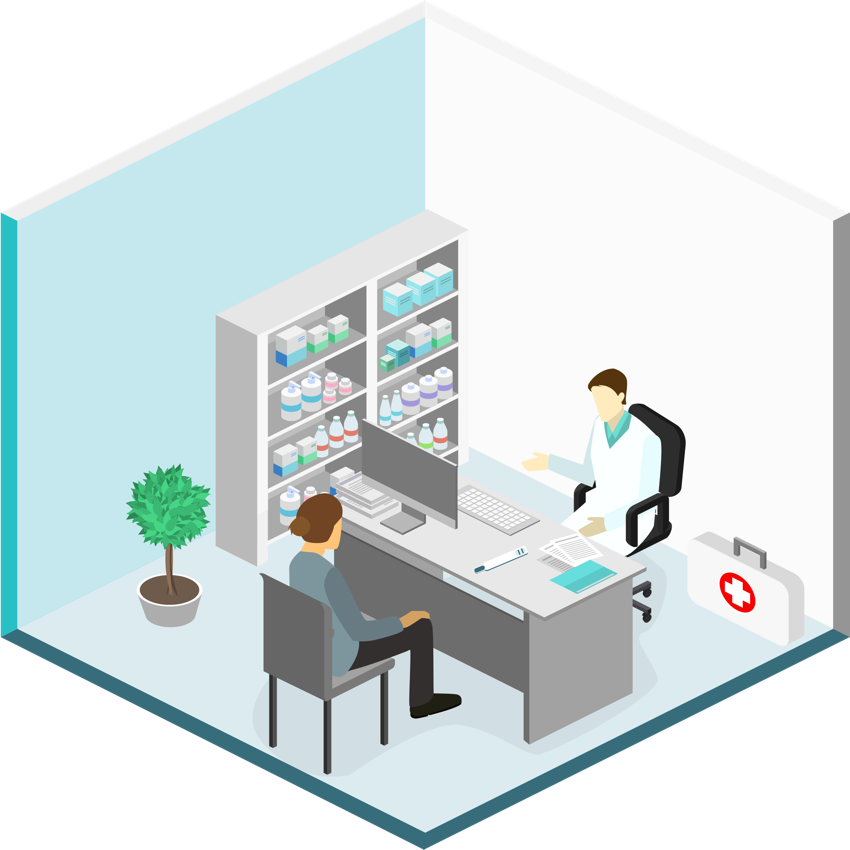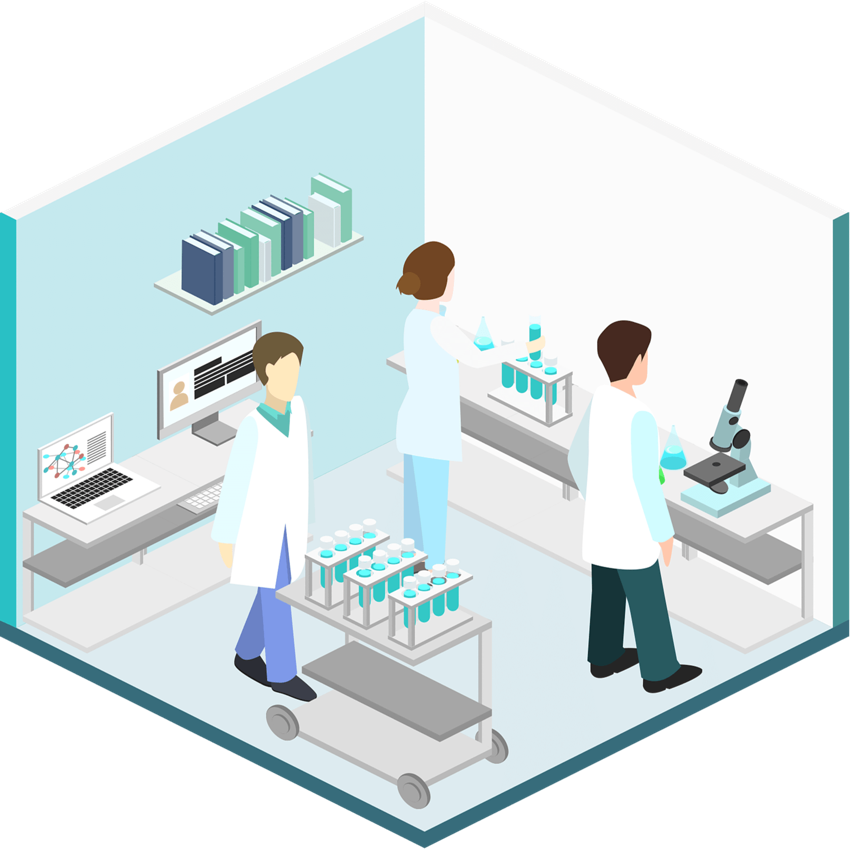Growing Generations Makes Parenthood Possible with Different Infertility Options


Becoming a mother or father is something many of us look forward to in our lives. But what if becoming a mother or father seems out of your grasp due to infertility issues? While I feel I was very lucky to get pregnant easily with my 3 boys, I do know women and men who have struggled to become parents and my heart goes out to them. Struggling to conceive can feel like the end of the world, but it doesn’t mean all hope is lost. There are various treatment options available for couples trying to conceive naturally.
Treatment Options for Infertility
- Artificial Insemination
- Fertility Drugs
- Egg Donation
- Surrogacy
- Surgery
- Intrafallopian Transfers

Artificial Insemination – During intrauterine insemination (IUI), your partner’s or donor’s sperm is deposited directly into the uterus using a thin catheter. The lab puts the semen sample through a washing procedure to remove impurities and isolate and concentrate the sperm cells for insemination. 10–14 days after the IUI procedure, your doctor will likely order a blood test or at-home pregnancy test. You may also be prescribed progesterone to prepare the uterus for pregnancy. Pregnancy typically occurs within 6 cycles. The Success Rate depends on age, but usually 10%–20% chance of conception per cycle. That can increase to 60%–70% with 6 cycles. The cost averages $865 per cycle. Your doctor may recommend fertility drugs in addition to the procedure. IUI can increase your chances of multiple births.

Fertility Drugs – Pills or injections that release reproductive hormones and induce ovulation. Clomiphene — brand names Clomid (Clomid monitoring UK) and Serophene — is the most common fertility pill. It’s typically taken once per day. Gonadotropins are injected hormones that stimulate the ovaries to induce ovulation. The number of injections varies, but they typically can be done at home. Typically 3–6 months until conception or another treatment is considered. About 40%–50% of women who ovulate will get pregnant, usually within three cycles. Pills can cost $10–$100 per month; injections can cost up to $6,000 per month. Fertility drugs can increase your chances of multiple births. Avoid if you have damaged fallopian tubes or endometriosis.

Egg Donation – Uses in vitro fertilization (IVF): Eggs are extracted from a donor — usually age 21–30 — and fertilized by the recipient’s partner’s, or donor, sperm in a lab. The embryos are then implanted in the recipient’s, or surrogate’s uterus. Egg donor profiles include photos, bios, education information, health and genetic history to allow for extensive screening. Reproductive Endocrinologists specialize in fertility treatment. After medical school, they must complete a residency program to become certified as an OB/GYN as well as an intensive fellowship to become certified in Reproductive Endocrinology and Infertility. It takes 4–6 weeks to complete one IVF cycle. Average cost is $12,000–30,000 per cycle. This process enables older women and those with genetic or ovarian issues to become pregnant. It also allows for extensive screening of donors and selection of characteristics such as ethnicity, education, and physical attributes.

Surrogacy – A surrogate becomes pregnant through IVF (using the intended parent’s embryo) or artificial insemination (using the father’s sperm, or donor sperm) and carries the baby to term. The matching phase includes in-depth profiles of both the surrogate mother and intended parents, as well as a face-to-face meeting, to ensure everyone is comfortable with the match. The surrogate attends regularly scheduled obstetrician visits throughout the pregnancy while maintaining contact with the intended parents, who may or may not live locally. The timeline is about 1.5 years, including the matching process, IVF, and pregnancy. It has an extremely high success rate, with healthy egg, sperm, and surrogate. The average cost is $130,000–200,000. IVF enables gay couples, single men and women who are unable to safely carry a pregnancy to become parents. It also allows for extensive screening of surrogates to ensure a good match.

Surgery – Treatment to clear blocked fallopian tubes, remove endometriosis tissue, treat PCOS, and fix other anatomical abnormalities. Minimally invasive laparoscopic surgery is common for many reproductive procedures. A more extensive pelvic laparotomy may require a 4–6 week recovery period. Reproductive surgeons specialize in surgical procedures ranging from vasectomies to endometriosis to hysterectomies. The timeline is about 8–12 Months (depending on the surgery, but pregnancy typically occurs 8–12 months following). Chances of pregnancy improve by about 40% following laparoscopic surgery for endometriosis. 21–59% of women who undergo fallopian tube surgery do conceive. This procedures costs anywhere from $2,000–$10,000; varies depending on the surgery. Typical risk factors associated with surgery do apply. Your doctor may recommend other forms of fertility treatment in addition to surgery.

Intrafallopian Transfers – Two types: Gamete intrafallopian transfer (GIFT) and Zygote intrafallopian transfer (ZIFT). Multiple eggs are collected from the ovaries and mixed with sperm. During GIFT, the egg and sperm are placed in the fallopian tubes to allow fertilization to occur naturally. During ZIFT, fertilization occurs in a lab and the zygotes (fertilized eggs) are inserted in the fallopian tubes rather than the uterus, which is the main difference between ZIFT and IVF. GIFT and ZIFT each comprise less than 1% of assisted reproductive technology (ART) procedures in the U.S. In vitro fertilization (IVF) is by far the most common. Both procedures require laparoscopic surgery, where small incisions are made in the abdomen and a camera and surgical instruments are inserted to perform the procedure. The timeline is about 4–6 Weeks (Time to complete one cycle). The Success Rate varies with age, but chances of delivering a baby are about 22%. This procedure costs $15,000–$25,000 for each cycle. It’s considered a more invasive treatment than IVF because a laparoscope is used. GIFT does not allow immediate verification that fertilization was successful.
About Growing Generations

Growing Generations is a Los Angeles-based company dedicated to creating lives and supporting families through egg donation, gestational surrogacy, and parental education. They aim to provide ethical, safe, successful, and cost-effective assisted reproductive services to individuals regardless of sexual orientation, marital status, or HIV status.
If you’re struggling to conceive, I encourage you to reach out to Growing Generations. Parenthood is possible.












Infertility is such a hard thing to wrap your head around. I’m so glad there are places out there that can help people with this problem.
I have a friend that is trying for a baby. She is waiting for her first round of IVF. I am so happy to see there are so many options available.
It’s nice to have many options out there now days. It’s great to help others out like this. I love that women have more options available now. Such a great thing!
I am super thankful that I didn’t struggle with too many infertility. It did take me 18 months to conceive my youngest. But I think it was just a timing issue because I ended up delivering him at the perfect time.
I’m so glad there are great companies like this that offer options. I have several friends that have struggled with infertility.
A good friend of mine went through infertility issues with her first child. It was heartbreaking for them. It was also very expensive to rectify. Thankfully, they were able to adopt a precious baby boy.
There are many option nowadays, cooperation and commitment are needed for this. Thanks for sharing great infos about this
I have friends who deal with infertility and it is a hard thing for them to deal with – its a good thing there are resources to help
Nice details about alternative option of parenthood journey.